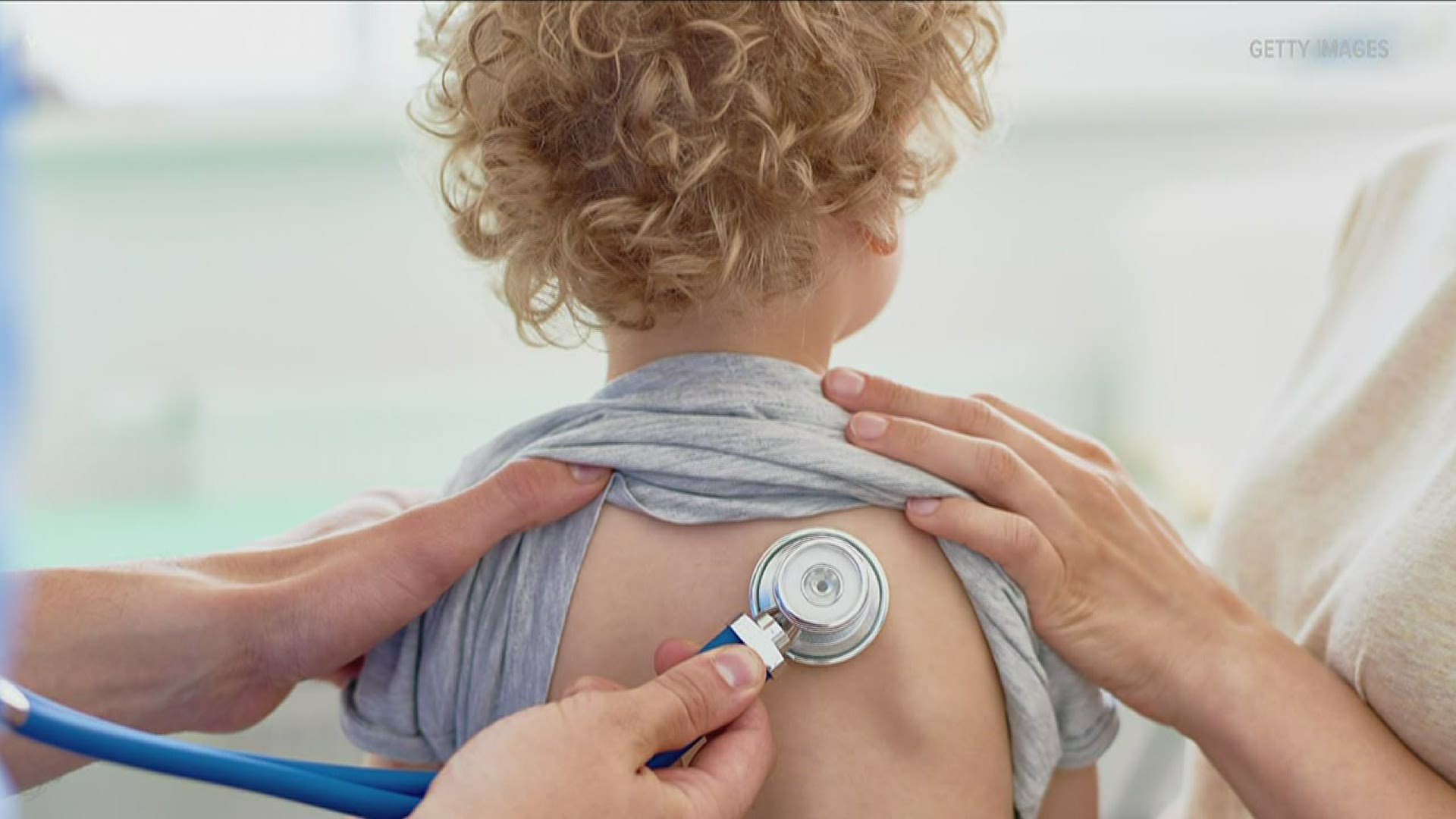
Sever disease is a condition that occurs in the heel of the foot of young children when they are growing. The tendons in the heel of one or both feet become infected. This happens because the heels grow faster than the tendons in the heel. The ligaments and muscles get very tight in young growing children. Often young children that participate in sports develop Sever disease.
Sever Disease in Boys and Girls
Girls from ages 8-13 years can develop this disease, and boys from ages 10-15 years old. Running, jumping, gymnastics, soccer, track, basketball, standing too long, poor fitting shoes, and exercising cause this disease. Children are most at risk in early puberty during growth spurts.
Symptoms are heel pain, limping, trouble walking, the heel tendons feel tight or stretched, and swelling and redness in the heel of the foot. Other causes are flat arches, being overweight, and a shorter leg than the other. Children that develop the disease may have a high or stiff arch on the heel.
Diagnosis of Sever Disease
The doctor will give the child a physical exam. They may apply pressure on the heel of the foot to determine where the pain is coming from. Sometimes, they take an X-ray or MRI to rule out fractures and other injuries. After the doctor gets the result of the tests, they will prescribe a treatment.
Treatments For Sever Disease
The doctor might prescribe rest and a break from exercising and sports for a few weeks or more. Doctors will give parents tips on how to help their child return to activities slowly and safely. Ice packs are often used 20 to 30 minutes a few times a day to relieve pain in the heel. Often this is applied, for a few days to one week.
The doctor may recommend over the counter medications or prescribe prescription pain relievers to treat the pain. Often over the counter drugs recommended are acetaminophen or ibuprofen. The doctor may recommend this drug for a certain period of time with other remedies.
Stretching exercises or physical therapy may be suggested to stretch the growth plate and tendons. These exercises stretch the heels, muscles, and hamstrings. The doctor or therapist will show parents and the child how to do these exercises at home.
Supportive shoes and orthopedic devices are often used to help manage the disease. Wearing shoes with heel and arch support relieves the pain. The doctor may recommend the best brace for Sever’s disease using a manufacturer that they work with.
Bracing or heel cups are often used in shoes to support the foot. They reduce the tension on the growth plate in the heel. This decreases pain and inflammation allowing the heel to slowly get better. These are often used when symptoms are severe, and for a short period of time.
Heel cups often have straps that can be tightened. They can be used when children exercise or participate in sports. Heel cups provide support to the ankle and heel. Some come in varying sizes and some brands have one size fits all. The doctor will recommend the best braces for Sever’s disease or heel cup for each child based on the severity of the condition.
Ways to Prevent Sever Disease
There are several methods to help prevent the disease. Parents should try to help their child maintain a healthy weight. Children should learn to eat a healthy diet and stay active physically. Parents should encourage children to get enough rest at night and when exercising or playing sports. Children should wear footwear designed for exercise and sports. Participate in low impact sports like swimming and biking that reduce the strain on the heel bone.
Parents should encourage children to do stretching exercises that work the heel, legs, and hamstrings. Children can do exercises that strengthen the shin muscles. Their regular doctor may be able to suggest specific preventative exercises.










